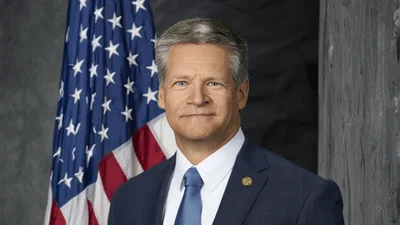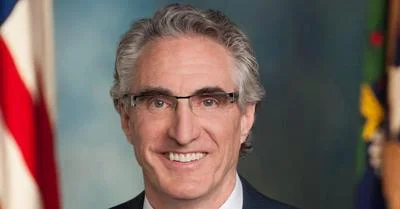WASHINGTON, DC - The Energy and Commerce Subcommittee on Energy and Power, chaired by Rep. Ed Whitfield (R-KY), today discussed the disparities in energy production on federal vs. non-federal lands, and looked specifically at the adverse impacts President Obama’s policies are having on domestic energy development and job creation. President Obama often touts that overall energy production has increased under his administration, yet data reveal this increase is largely a result of production on state and private lands where the federal government plays little or no role.
“Where production on state and private lands is up, we see the energy industry creating thousands of high-paying jobs and revitalizing local economies. But where most of the oil and gas remains untouched beneath the ground or under the sea floor due to federal access restrictions, the job potential remains largely unrealized. Under one energy policy vision, we see state and local regulations ensuring that energy production is done safely and that public health is protected. In the other, we see one excuse after another for preventing energy production entirely or subjecting it to years of unnecessary delays," said full Committee Chairman Fred Upton (R-MI).
U.S. Energy Information Administration Administrator Adam Sieminski testified regarding the agency’s recent analysis on the country’s oil and gas reserves and production. Recent EIA data show U.S oil production is at its highest levels since 1998, with the vast majority of production occurring on state and private lands. When asked by Chairman Upton about the potential to achieve North American energy independence, Sieminski conceded that “self sufficiency" was possible. Watch here :
State agency officials and private stakeholders testified about the energy renaissance occurring in states like North Dakota and Texas, where private sector investment and new technologies are driving production growth on state and private lands. The witnesses contrasted these states’ pro-growth policies with the federal government’s regulatory regime that is blocking important opportunities for energy production and job creation in places like Alaska.
Lynn Helms, Director of North Dakota’s Department of Mineral Resources, explained the transformative impact energy production is having on the state’s overall economy. “Production from the Bakken Development has moved North Dakota from number eight to number two among US states in daily production," said Helms. “Workforce has now exceeded 35,000 new workers and is not expected to peak until 2020 at approximately 65,000 or more than 10 new hires per day."
Federal regulators often cite “multiple use" mandates as the reason for blocking production on federal lands. Helms refuted this excuse, explaining that many North Dakota farms and ranches are used for energy production as well as other activities. Watch here :
Dan Sullivan, Commissioner of the Alaska Department of Natural Resources, described the great potential of Alaska’s rich energy resources, most of which are currently off-limits due President Obama’s polices. “The United States is uniquely positioned to seize the strategic opportunity and benefits that will come from more fully developing our own natural resources. But obstacles remain, the most significant being a regulatory system that is out of balance, resulting in significant delays and costs which ultimately undermine U.S. interests," said Sullivan. “The most dramatic example of federal regulatory delay in Alaska involves Shell Oil Company’s attempts to explore for oil in the federal waters off the coast of Alaska. Despite having spent close to $5 billion, including billions of dollars in lease payments to the federal government, and over five years of preparation work, Shell has yet to drill one exploration well in the federal waters off the coast of Alaska."
“The difference between North Dakota and other states has nothing to do with geology and everything to do with policy. The good news is that we can change that policy. I believe that the more we learn, the more we need to allow the North Dakota model to apply in Alaska as well as the rest of the country," said Chairman Whitfield.
Small businesses owner Thomas Clements, Owner of Oilfield CNC Machining, explained the impacts of the president’s prohibitive policies for offshore drilling. Last month, President Obama announced a new plan that will block 85 percent of America’s offshore areas from production for the next five years. Clements said, “More resources mean more opportunity for people like me to help produce energy domestically. One study found that opening up the offshore areas could create 1.2 million jobs and produce $70 billion in new wages. It isn’t just that large companies would hire more people, small business owners like me would have more work and would be able to employ more workers to produce more energy in America."




